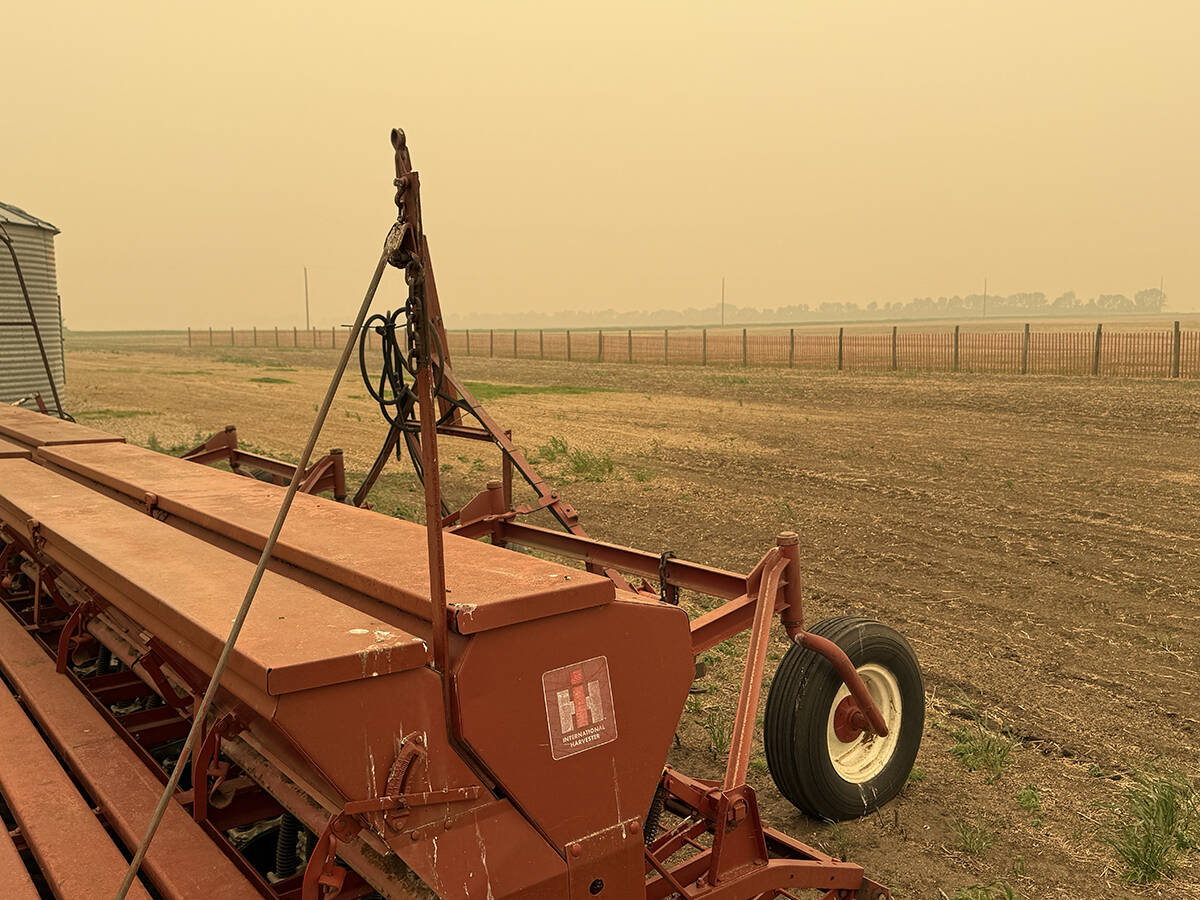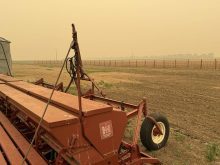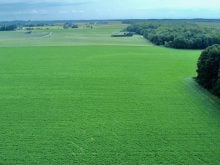Just about every farm that sells direct to the public has a website these days. But how many have good websites, and how does one define “good”?In the fast-moving web world, a pretty design and the standard farm fresh marketing pitch is oh-so last decade.“We’re past the point of convincing farmers that the web is a huge marketing opportunity,” says web designer Simon Huntley of Small Farm Central, located in the small town of Swissvale near Pittsburgh.“The problem is knowing exactly how to do it.” It’s all about the details, particularly having low-cost, easy-to-use functions that can boost sales and profit margins while also helping to better manage the farm business.For example, anyone selling at a farmers’ market can get a leg up by allowing their customers to place orders before the market.“When someone comes to your booth and buys a few vegetables, tell them to go to the website before the next market,” says Huntley.When they arrive for the next market, their order is already set aside.“They’ll get the first choice of everything and won’t have to fight the crowds because their order will be waiting for them.”And guess what tends to happen when people pre-order? They buy more.“You want to take someone who is a customer of the market and turn them into your customer,” says Huntley. “If they’re going to spend $30 at the market, you’d rather get all of that $30 rather than just $2 or $3.”Sounds simple, right?But wait – as they say in infomercials – there’s more.At the end of the season for a given type of produce or when the market is closing for winter, e-mail those customers and offer them a deal on your excess inventory. Any sweet corn or tomatoes chucked on the compost heap are a loss; anything diverted from that fate is profit.But that’s not all.Why not have the website help manage inventory?Again, it’s a simple idea: You list how much of a given product you have for sale, and every time someone orders something, the inventory is reduced by that amount. When everything is sold, the item automatically disappears from the site.“This is a big improvement,” says Huntley.“A lot of people sell by sending out Excel spreadsheets listing what’s available. Well, you not only have to spend a ton of time tallying up the orders, but when the item is sold out, you have to write a bunch of people back saying it’s not available. It’s a lot of extra work and you’re just disappointing those customers.”Huntley is also a big advocate of social networking, whether that’s via your own e-mail list, or Facebook and Twitter, as a “way to let people know that you’re there.”His latest project, still in development, is an application that links all of those things.“We want it so that when people update their website, it automatically updates all their social networks. That way you can connect with people and still have time to farm.”Small Farm Central isn’t alone in what it does, nor is the company targeting only tech-savvy young farmers.Most of the 300 farm customers of his three-year-old company are older farmers who either didn’t have a website or had a lousy one.They’ve turned to Huntley’s company, in part, because it’s cheap; only a few hundred dollars for creating the site, plus monthly service fees.If you’re looking for free tips, read Huntley’s blog at www.smallfarmcentral.com to pick up pointers.For example, farmers going the community supported agriculture route get their money up front.But many customers want to pay on-line. Huntley’s suggestion is to let them pay a deposit, say $50, via PayPal or a credit card and then give you a cheque for the rest when you make the first delivery.“If you’re selling $100,000 worth of goods, the cost of having that amount put through credit cards is $2,000 or even $3,000 a year,” he says.There’s a lot more, of course. These days, registering your website on Google search is a must. Old standbys, such as having recipes tailored to what you’re selling right now, continue to generate sales.All these things add up. As Huntley says, if margins are only five percent, earning an extra penny on every dollar of sales boosts your profits by 20 percent.You often hear farmers say, “Oh, I really should update my website.”They’re absolutely right, they really should.
Read Also

Wildfires have unexpected upside this year
One farmer feels smoke from nearby wildfires shrouded the July skies and protected his crop from the sun’s burning rays, resulting in more seeds per pod and more pods per plant.














